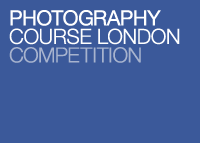In the second Interview of our new blog series we spoke with Wildlife photographer Richard Peters. Richard is an award winning photographer whose work has won many international awards, including European Wildlife Photographer of the Year 2015. He has travelled the world photographing animals in some amazing locations and boasts an incredible portfolio of work. We sat down with Richard to talk about his practice.

How and why did you first get into Photography?
“I’ve always been more creative than academic, so when I was at school I loved art and design, hated maths and english. Anything creative I’ve always enjoyed and I used to love drawing as a kid. A friend of mine lent me an old film camera when I was about 17 and I loved playing around with it, adjusting the aperture and shutter speed and seeing how it would affect the outcome of the picture. At the same time, I’ve always loved natural history documentaries. As a kid I watched all the BBC documentaries and the two things fell together really.”
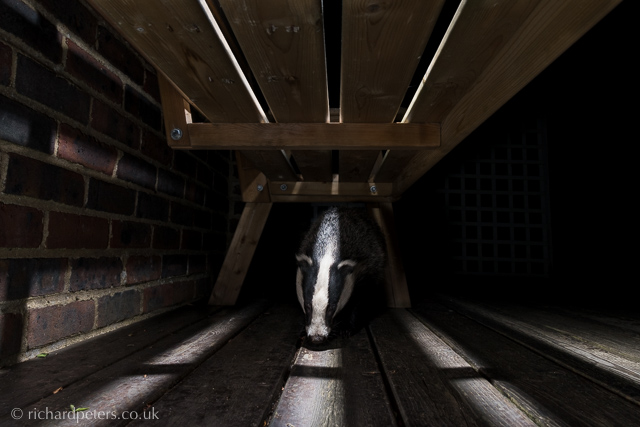
What is it about Wildlife Photography that appeals to you?
“I like being outside! I was born in London but I’ve never been a city person really, I enjoy going into London occasionally if I have to, but I’ve always liked being outside in the fresh air and countryside. Again, through watching these natural history documentaries, I’ve had this kind of obsession with animals and wildlife. I love cats, I love dogs, I’m just an animal person basically. For me, spending time out in the field watching animals go about their business is lovely. It is just nice to watch sometimes without even taking any pictures.”
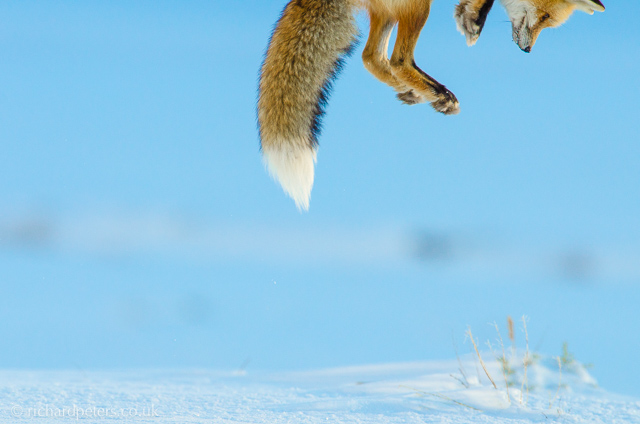
What would you say is the most important quality or skill for a wildlife photographer to possess?
“You need a lot of patience. So much patience! A big problem with wildlife photography is that animals don’t perform on cue. The amount of times I’ve spent maybe 8 hours waiting for an animal to turn up or do something interesting and it doesn’t happen. Sometimes I haven’t even bothered getting the camera out of the bag. You need to enjoy your own company and have tons of patience, those are the two most important qualities.”
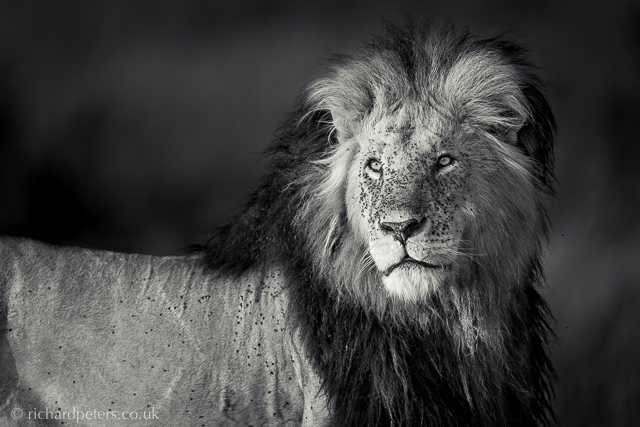
How do you go about planning a shoot that relies on a subject that you can’t direct or control?
“Later on this year I’ll being going back to Skomer Island to photograph Puffins, so you are kind of guaranteed they are there. You know they are going to be there, but you are at the mercy of what the animals are doing, what the weather is doing, what the light is doing. There is always an element of luck to a degree, because no matter how guaranteed you are to be in a location where an animal is, you just don’t know it is going to do what you want. You very much need to be in the right place at the right time. The more time you spend with a subject or at a location the more chance you have of getting the picture. Someone looking to get into wildlife photography shouldn’t think ‘I’ll just pop out to this location, I’ll get some amazing pictures and go home’. It very rarely works like that and you have to repeat and repeat until, in the end, you are there at the right time, because 9 times out of 10 it won’t be the right time, so it’s just repeat and repetition.”
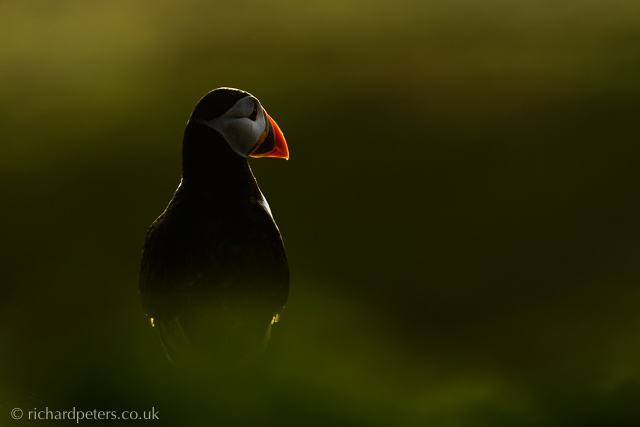
How much time do you spend observing and studying animals before you then go and do a shoot?
“The thing for me is that I’ve always approached photography from a creative aspect. For me it’s always been about creating something, first and foremost. So I vary slightly to a lot of photographers in that I’m not as interested in the subject, I’m more interested in the conditions that subject is in. So I would quite happily take pictures of pigeons in my back garden in amazing light, than a Lion asleep under a tree in the shade in Africa because that’s pretty boring. If you are in Africa for example you can just kind of see a pride of Lions, drive up to them and you might get lucky and get the picture in a couple of minutes. Whereas I’ve done a big project at home in my back garden over the course of a couple of years and some of the pictures from that have taken 6 months or more from initial idea to finally capturing the picture I had planned in my head. So yeah, it can be 30 seconds to 6 months or more really.”
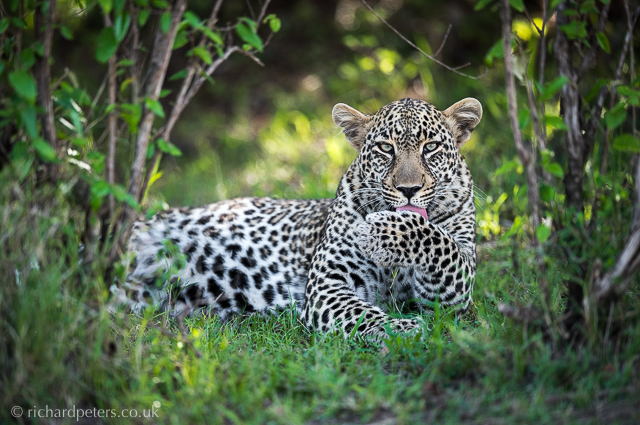
How would you say your style and craft have evolved over the years?
“Ooh, that’s a good question. The thing with style is it’s one of those things you need to develop organically. If you try and force a style on yourself it’s just never going to come across, it’s never going to work. If you see pictures from another photographer that you like and think ‘I’m going to copy that’ it’s just not going to work as well because you’re not coming up with something yourself, you are trying to repeat something that somebody else has done. For me, my style was an organic process and I didn’t even realise I had a style, as such, until someone once sent me an email and said ‘I’ve seen this picture of yours and I knew it was yours straight away because of the style of it’. For me, it’s use of light, so I’m really into dramatic lighting and backlighting, rim lighting and that kind of thing. I’ll take more standard photos but, for me, if I see the light is doing something interesting I get really excited. If I see the light is doing something really cool, that’s when I really sort of pay attention and think ‘right, I need to make the most of this’. I definitely feel style is an organic process, without a doubt.
I’ve found over the years, when I first got into photography, especially taking photographs of wildlife, I would hold the shutter release down and take a burst of 20 or 30 pictures of even a static subject, because I was so excited to see it and take a picture I would over-shoot. Over the years, I shoot far less but think more about what I’m doing. So rather than just taking a photo for the sake of it, I’ll think about the composition and if the lighting is not quite there, I won’t take the picture. So I shoot less, but shoot smarter.”
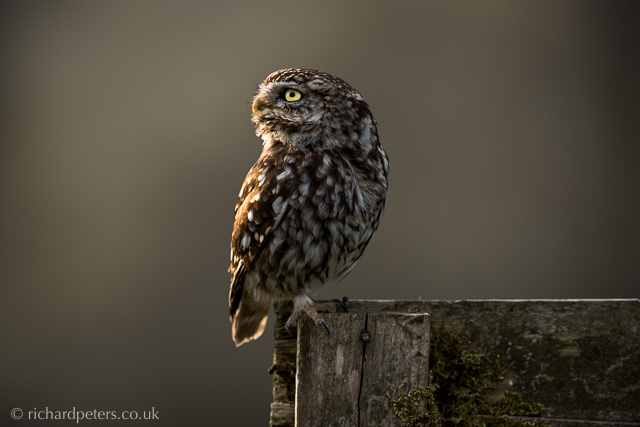
You have won a number of awards for your work, what do you think makes an award winning photograph?
“Another big question. It’s hard to say. The thing is, competitions are so subjective. There are going to be a panel of judges, they are all going to have different opinions and tastes. There have been times in the past where I have entered a competition and put in the full selection of 20 photos and it’s one of the ones I put in last, as a filler, just to fill up the spaces, that is the one that actually did something, got somewhere. It wouldn’t be one of the pictures I had hoped would get somewhere. They are just so subjective. I think really the key things though are just looking for something that is quite [different], it has to stand out. If someone was to show you 50 pictures printed out and you went through them quickly, it would have to be the one that for some reason, whatever it is, makes you stop and look at it longer than the others, rather than just keep flicking through. What that secret ingredient is, it’s a mystery, even to me now. You know what pictures stand out above others, the lighting or something quirky about the subject, but it is so subjective that you can’t say it’s any one thing really.”
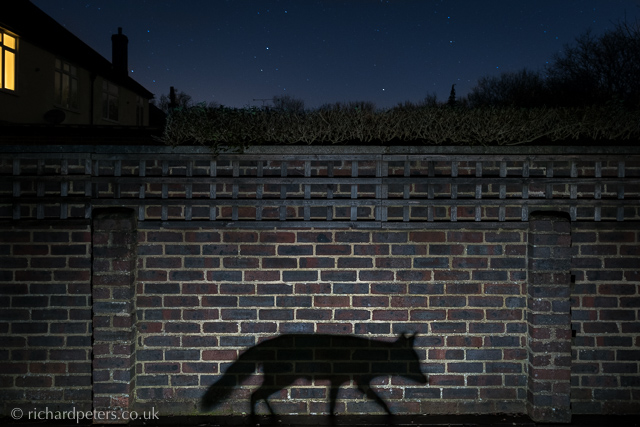
What are you favourite places to shoot wildlife, and do you have a most memorable shoot that you have done?
“I would say my most memorable location is Yellowstone National Park in America. It’s a few years ago now that I went there, but I went in the winter. It was minus 40 on the coldest day, I have never been anywhere like it, it was just phenomenal. The landscapes, the wildlife, everything was just incredible. That’s probably my most memorable location and I hope to go back there again at some point.
Africa, everyone says Africa really, it’s kind of the default place for wildlife photographers to go. It really does get under your skin and until you go you don’t really appreciate the saying that ‘Africa gets under your skin’, but it really does.
But, like I’ve said before, I’m happy shooting any subject in good conditions. So some of my most rewarding photos, for me personally, have been taken in my back garden at home. No-one else can take pictures there, it’s unique to me. You don’t have to travel to take good photos and that’s something that I try to get across to people. Wildlife is accessible to anyone, it doesn’t matter where you live, even if you live in a city. It’s important not to get hung up on ‘I have to go and take photos of iconic species’ and that kind of thing, because you don’t, you can take good pictures anywhere really, as I try to show with the series I did in my garden at home.”
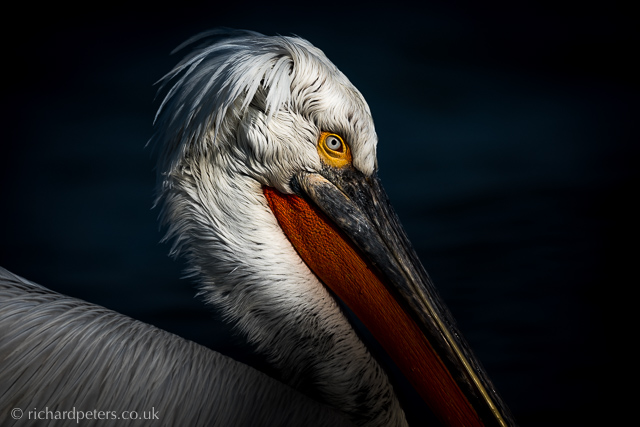
What do you think are the biggest challenges for emerging photographers today? Do you have any tips or advice?
“With wildlife photography especially it’s a very competitive industry, there are a lot of people in it, it’s really hard to stand out. Back in the film days, not many people were taking wildlife photos full time or even as a hobby, it was a lot harder to get into. But now, it is so accessible with cheap digital cameras. There are a lot of good photographers out there and not all of them are full time, some of them might be hobbyists or amateurs, but they are very good. It’s a very crowded and competitive market, you have to really stick with it and if you get rejected by magazines or whatever you have to keep plugging away at it and hope that at some point someone is going to take notice of your work.
It’s what has happened with me really. I’ve always, even now, still taken photos for me. I’m trying to satisfy my own creative urges when I take photos, I’m not taking them for magazines, competitions, social media, I’m taking them because I want to take them. It just so happens that people like what I take, and that’s handy! I’m always behind the camera first and foremost because that’s where I want to be. If you really believe in it and really enjoy it, then I’m a firm believer that if that’s the case, then your work will be good and the rest will follow.”
______________________________________________________________
We just want to say a massive thank you to Richard for taking the time to speak to us! Be sure to follow him on all of his social media platforms for up-to-date information on his current and future projects.
He can be found on Facebook, Twitter, Instagram and his Website.


 Follow
Follow
